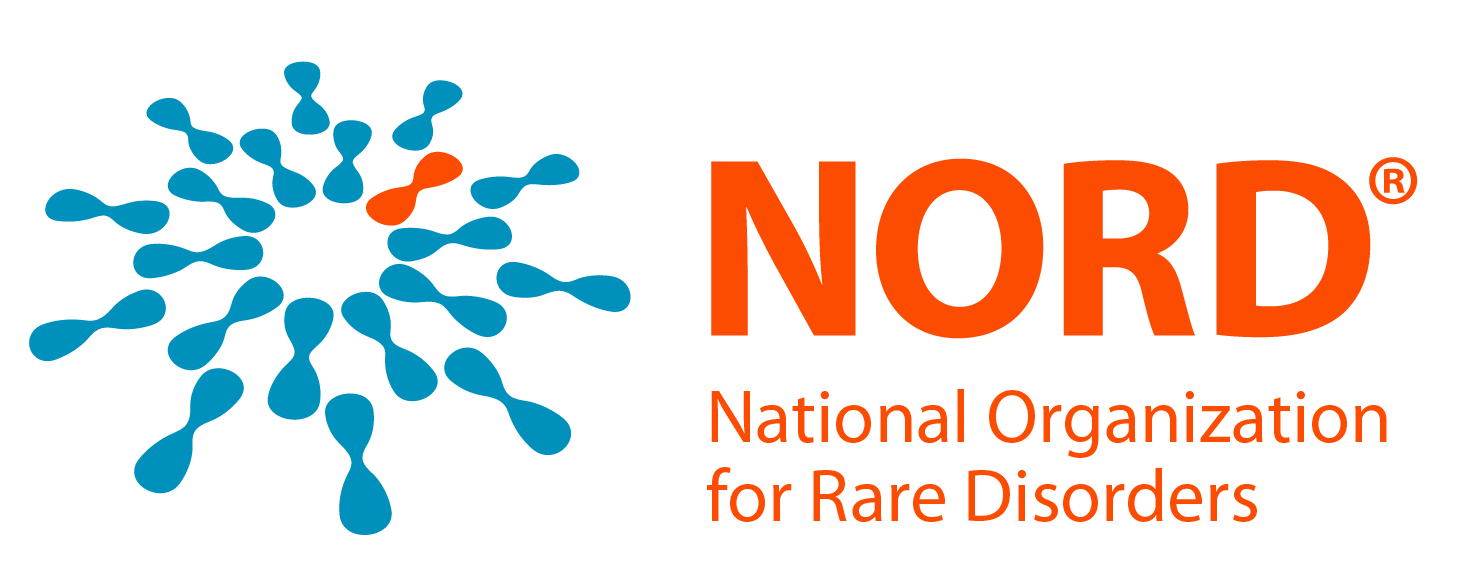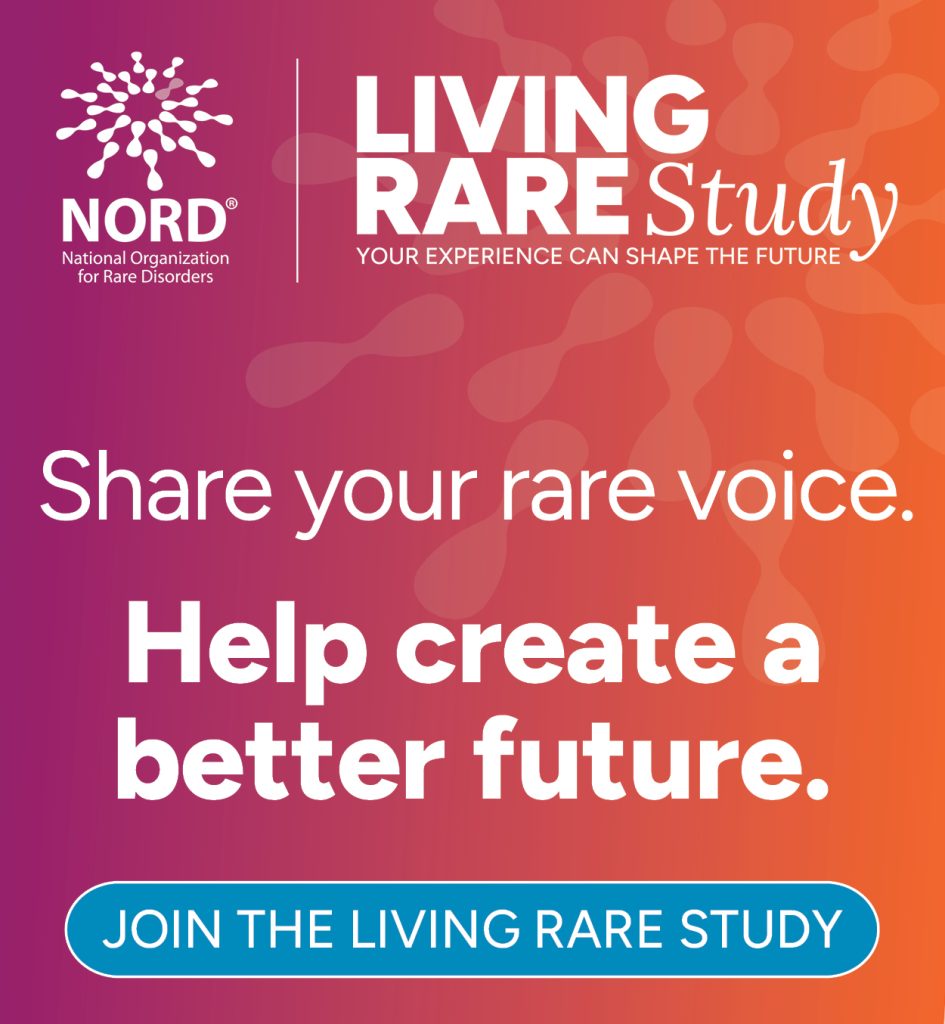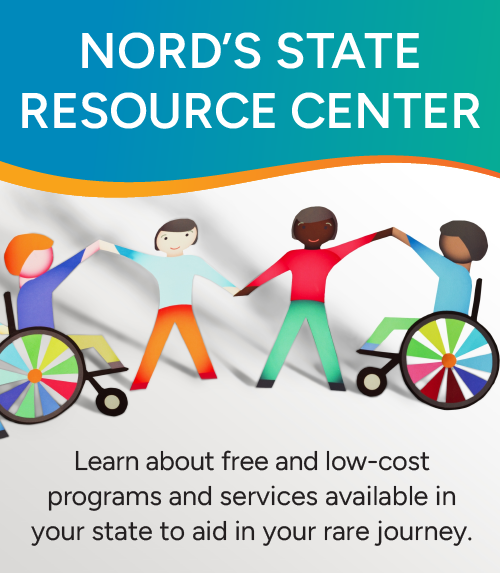My friend’s 18-year-old son died recently following a 6-month battle with acute myeloid leukemia. There are many different stories I could tell about Tucker’s experience that are all too familiar to those in the rare disease community:
- How he fought courageously and optimistically to live and provide hope and encouragement to other children with cancer
- How his mother raised awareness of the day-to-day life of a teenager stuck in a hospital room while undergoing harrowing treatment for a life-threatening disease
- How his family’s story shared on the Luck2Tuck Facebook page began as a way to communicate with family and close friends, but grew into a social network of over 5,000 including many who didn’t even know the family
- How acquaintances and strangers were inspired to donate blood and platelets for Tucker and other children in need
- How in the midst of caring for their son with AML in an out-of-state hospital and 4 other children at home, the family and friends raised thousands of dollars for the Jimmy Fund and the Leukemia and Lymphoma Society to advance cancer research.
These phenomenal tasks and accomplishments are all in a day’s work for a rare disease patient/caregiver/advocate, as we know so well.
But there is also another story to tell, and this one is about side-effects of treatments that are sometimes as bad, if not worse, than the disease itself. You could say that Tucker was lucky as rare disease patients go, because treatments are available for AML. His doctors had several choices of chemotherapy drugs, and with the help of genetic profiling, were able to make informed decisions about the drug and dose with the greatest chance to knock out the cancer cells. After 4 rounds of increasingly toxic medications that obliterated even his healthy bone marrow cells and produced every side effect in the book, he was cancer free! This should have been a happy ending, but his compromised immune system was no match for a toxic blood infection.
A major side-effect of chemotherapy is an increased risk for infection. In general, the main criterion used to assess risk of infection is the white blood cell count, and if the number falls below a certain threshold, where the risk is deemed to be high, it is termed neutropenia. Researchers have identified various risk factors for neutropenia, including age, nutritional status, intensity of chemotherapy, and starting white blood cell count. Prevention is the most important strategy for reducing the risk of infection. Drugs called granulocyte colony stimulating factors can help neutrophils to recover after chemotherapy, and orphan drugs in this therapeutic class have been approved. Prophylactic antibiotics are also sometimes used. However, neutropenia continues to plague cancer patients and many who survive the disease die from infection.
A recent study has found that it’s not just the quantity but the quality or functionality of white blood cells that influences the risk of infection, and that quality varies greatly from one person to another. An unusual group of collaborators (electrical engineer/applied mathematician, oncologist/pharma researcher, pediatric immunologist) contributed to this work that resulted in a mathematical model to better understand the interplay between bacteria levels and immune function, and how this balance varies in different patients. These results may begin to explain why some cancer patients develop life-threatening infections after chemotherapy, even when living in isolated, sterile conditions. This knowledge may eventually help clinicians know which patients are at high risk for infection and need extra precautions.
This model came too late to save Tucker’s life, but it is intriguing to think about how this novel collaboration resulted in a possible clinical application that could save lives in the future. We desperately need to find ways to make chemotherapy safer for our patients with rare and common cancers. We need to encourage more collaboration among experts from varying disciplines who are inspired to think outside the box of their particular specialties. How can the rare disease community contribute to this effort that is so vital not only for rare disease patients but all chemotherapy patients?





